Description
Latin: Carya ovata
Other common names: Shagbark Hickory
Zones: 4-9
Mature Height: Typically reaching heights of 70-120 ft (21-36 m), Shagbark Hickory requires ample space to grow and boasts a deep taproot that makes transplantation challenging. This large deciduous tree can live up to 200 years, characterized by a tall, irregular to oval-shaped crown and a mature trunk typically 2-3 ft (.5-1 m) wide (Missouri Botanical Garden).
Soil/Climate: Thriving in moist, nutrient-rich, well-drained soils, Shagbark Hickory tolerates both full sun and partial shade (Missouri Botanical Garden). It can adapt to various moisture conditions but performs best in well-drained soils. This species is prevalent in the wild, particularly in the Eastern forests of the United States and southeast Canada.
Notes: Shagbark Hickory leaves are odd-pinnate compound leaves with a smooth texture, exhibiting a yellowish, medium green color. Each leaf typically comprises 5 (sometimes 7 or 9) slightly serrated leaflets that are lance-shaped with pointed tips, measuring 3-7 in (7-18 cm) in length. During the fall, these leaves turn a vibrant yellow to golden hue. In spring, inconspicuous yellowish-green flowers emerge; male flowers reach 3-5 in (7-13 cm) in length, while female catkins are short spikes. The female flowers develop into edible nuts, enclosed in a thick husk that splits into four pieces upon maturation in the fall. Cross-pollination enhances nut production. Native Americans and early settlers frequently consumed these nuts in early America. The bark starts off gray-brown and smooth when the tree is young, developing into long plates as the tree matures. Shagbark Hickory wood is prized for smoking or curing meats, as well as for its hardness, which makes it suitable for furniture, handles, and ladders (Missouri Botanical Garden).
Problems: Shagbark Hickory faces few major issues but is susceptible to twig girdler, bark beetle, and pecan weevil, as well as leaf spot and anthracnose (Missouri Botanical Garden).
Wildlife: Hickory nuts are consumed by red squirrels, gray squirrels, raccoons, chipmunks, and mice. Other consumers include black bears, gray and red foxes, rabbits, and various bird species such as mallards, wood ducks, bobwhites, and wild turkey.
Cold Stream Farm supplies Shagbark Hickory trees which are grown as bare root seedlings and transplants and sold both wholesale and retail with no minimum order.
Source: http://www.missouribotanicalgarden.org/PlantFinder/PlantFinderDetails.aspx?kempercode=a854

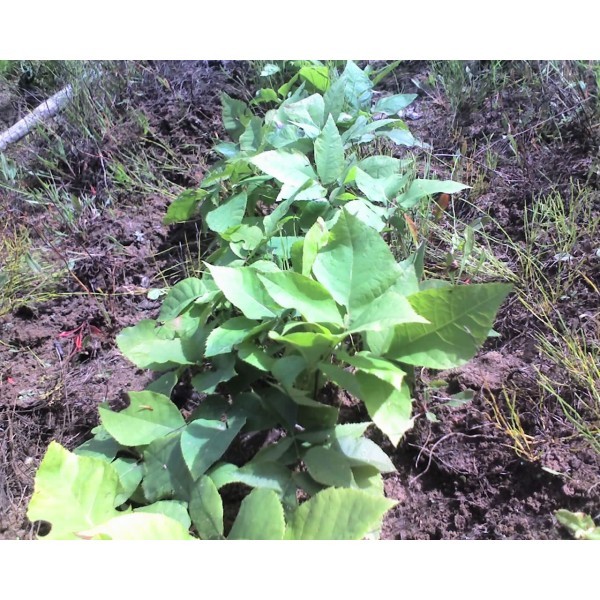
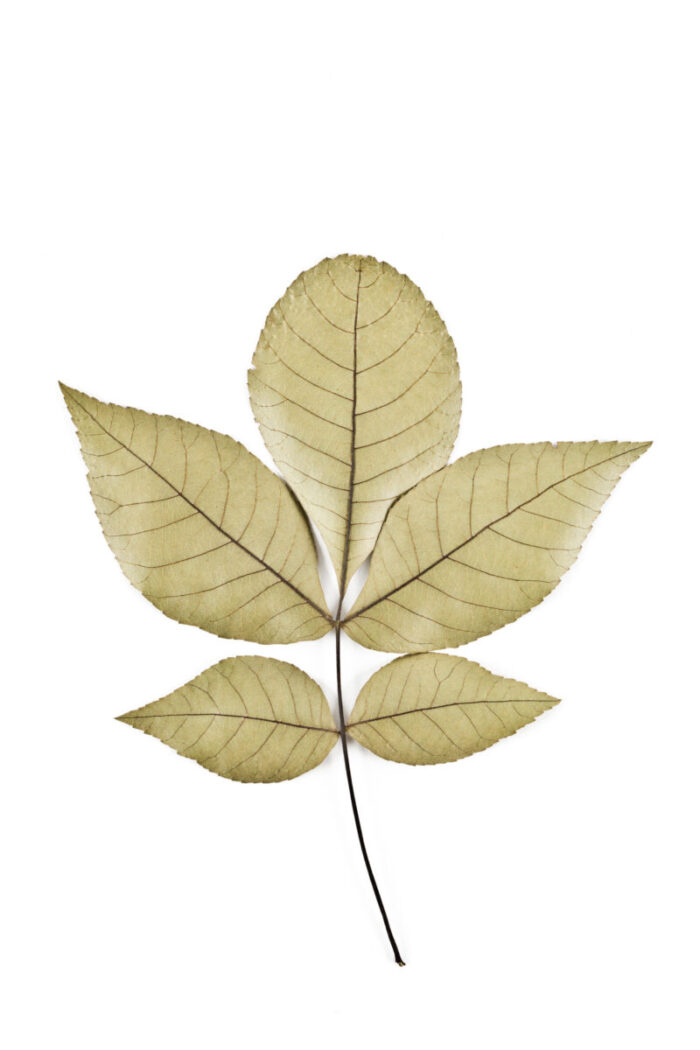
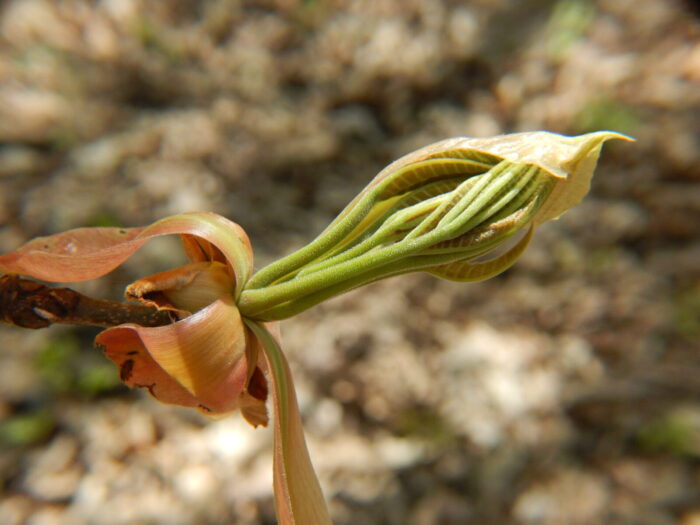
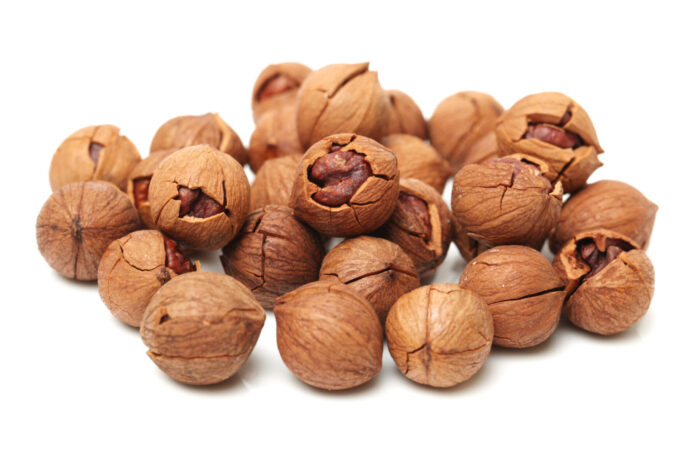
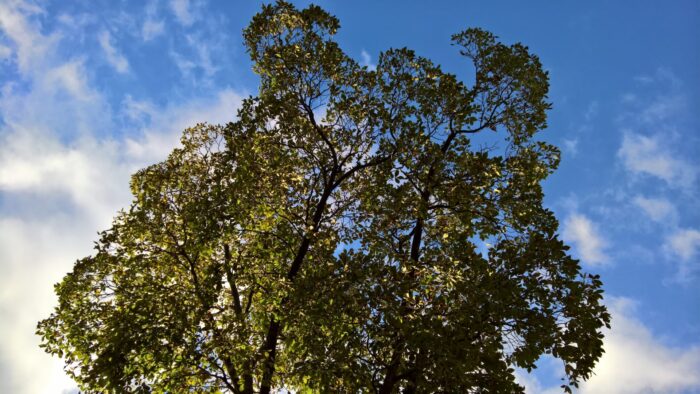
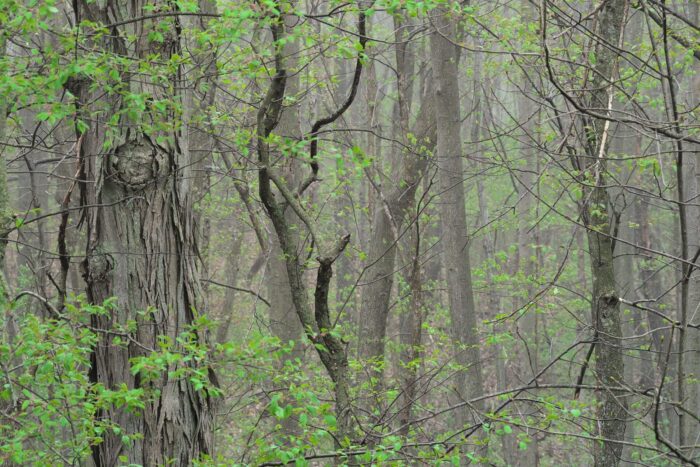
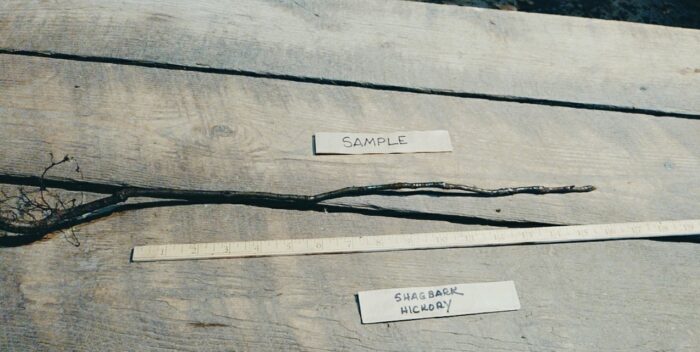
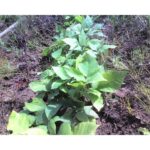
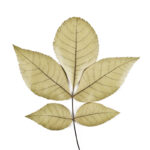
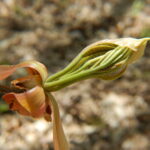
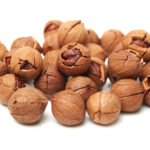
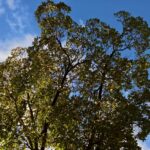
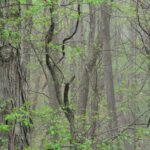
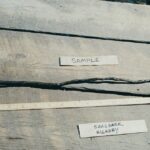
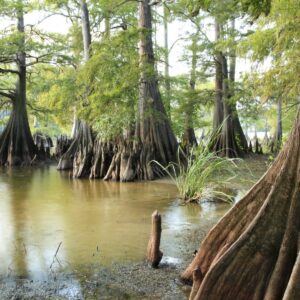
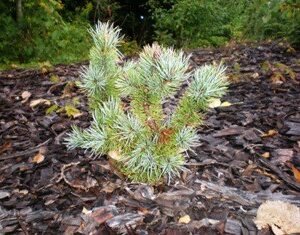
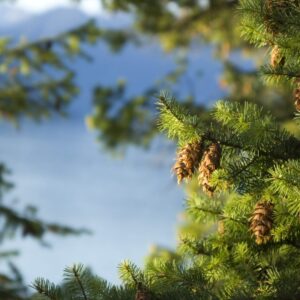
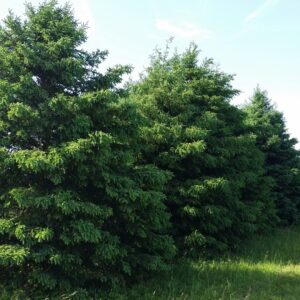

Reviews
There are no reviews yet.